 1986 Daewoo Racer Hatchback Dimensions, Size & Specs
1986 Daewoo Racer Hatchback Dimensions, Size & SpecsMeasurements of the 1986 Daewoo Racer Hatchback, engineered for optimal performance and comfort
| Dimensions | |
|---|---|
| Length: | 4158 mm163.7 in13.6 ft |
| Width: | 1663 mm65.5 in5.5 ft |
| Height: | 1360 mm53.5 in4.5 ft |
| Weight Specifications | |
| Curb Weight: | 970-1045 kg2138-2304 lbs |
| Tire Specifications | |
| Rims Size: |
|
| Tire Sizes: |
|
The Daewoo Racer Hatchback, produced from 1986 to 1995, stands as a notable compact hatchback of its time, blending practicality with modest dimensions suitable for urban driving. Measuring 4158 mm (163.6 inches) in length, 1663 mm (65.5 inches) in width, and 1360 mm (53.5 inches) in height, the Racer Hatchback offers a compact footprint that fits well within the small car segment. This size allows for easy maneuvering and parking in crowded city environments, while still providing enough interior space for everyday usage. The curb weight of the Daewoo Racer ranges between 970 kg to 1045 kg (2138 to 2304 lbs), reflecting its light construction that contributes to fuel efficiency and nimble handling. Equipped with 13-inch rims and tire sizes of 175/70 R13, the car strikes a good balance between ride comfort and responsive steering. Overall, the Daewoo Racer Hatchback combines compact external dimensions with lightweight engineering, making it an efficient choice for drivers seeking affordable transportation with classic 1980s styling and size.
Discover the standout features that make the 1986 Daewoo Racer Hatchback a leader in its class
Have a question? Please check our knowledgebase first.
The Daewoo Racer Hatchback produced between 1986 and 1995 measures 4158 mm (163.6 inches) in length, 1663 mm (65.5 inches) in width, and 1360 mm (53.5 inches) in height. These dimensions make it a compact hatchback, suitable for urban driving and parking.
The Daewoo Racer Hatchback has a curb weight ranging from 970 to 1045 kilograms (approximately 2138 to 2304 pounds). This relatively light weight contributes to its nimble handling and fuel efficiency, making it an economical choice for city and suburban use.
Yes, the Daewoo Racer Hatchback fits comfortably inside a standard single-car garage. Standard garage sizes typically start at about 2.4 meters (8 feet) wide and 5.4 meters (18 feet) long, and with the Racer’s 1663 mm (1.66 meters or 65.5 inches) width and 4158 mm (4.16 meters or 163.6 inches) length, it leaves ample space for easy door opening and maneuvering.
At 1663 mm (65.5 inches) wide, the Daewoo Racer Hatchback is relatively narrow compared to modern hatchbacks, which often exceed 1700 mm (67 inches). This narrower width aids in maneuverability and easier navigation through tight city streets, but might offer a slightly less spacious cabin compared to wider competitors.
The Daewoo Racer Hatchback is equipped with 13-inch rims and tire sizes of 175/70 R13. This tire dimension provides a good balance between ride comfort and handling, allowing for a relatively smooth ride while maintaining responsive steering appropriate for a compact hatchback.
The 1986-1995 Daewoo Racer Hatchback was based on a rebadged Opel Kadett E, which was its predecessor in design terms. Dimensions remained largely similar, with the Racer measuring 4158 mm (163.6 inches) in length and a width of 1663 mm (65.5 inches), consistent with the Opel Kadett’s compact hatchback footprint, suggesting evolutionary rather than revolutionary size changes.
With a height of 1360 mm (53.5 inches), the Daewoo Racer Hatchback sits low compared to typical cars of its era, which helps with a sporty profile and lower center of gravity improving handling. Inside, this height may limit headroom slightly compared to taller competitors, but it helps create a sleek aerodynamic shape and a dynamic appearance favored by compact hatchback buyers.
The Daewoo Racer Hatchback’s dimensions place it firmly in the compact hatchback class for the late 1980s and early 1990s. Similar models like the Volkswagen Golf Mk2 and the Ford Fiesta of that era had comparable lengths between 4.0 and 4.2 meters and widths around 1.65 to 1.7 meters, making the Racer well aligned with industry norms of compact hatchbacks, offering a competitive size for urban and suburban use.
Weighing between 970 and 1045 kilograms (2138 to 2304 pounds), the Daewoo Racer Hatchback benefits from a relatively lightweight chassis, which positively impacts fuel economy and acceleration. Lower weight requires less power to move the car, allowing smaller engines to perform adequately and consume less fuel, making it a cost-effective vehicle choice for daily commuting.
The Daewoo Racer Hatchback, produced between 1986 and 1995, was essentially a rebadged Opel Kadett E. It featured typical hatchback practicality with a compact footprint, economical engine options, and functional interior design common in the era. While it lacked many luxury features, its simple, robust construction made it a reliable and affordable choice in the compact hatchback market.
Discover similar sized cars.
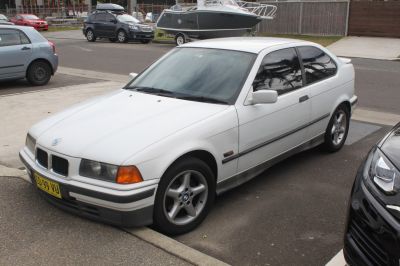
| Production: | 1993-2000 |
|---|---|
| Model Year: | 1993 |
| Length: | 4210 mm165.7 in |
| Width: | 1700 mm66.9 in |
| Height: | 1393 mm54.8 in |
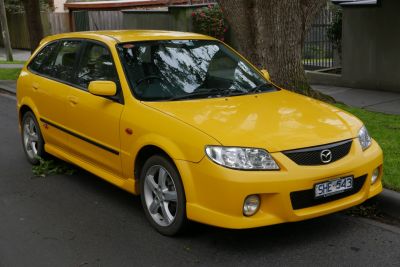
| Production: | 1998-2003 |
|---|---|
| Model Year: | 1998 |
| Length: | 4200-4290 mm165.4-168.9 in |
| Width: | 1705 mm67.1 in |
| Height: | 1410-1420 mm55.5-55.9 in |
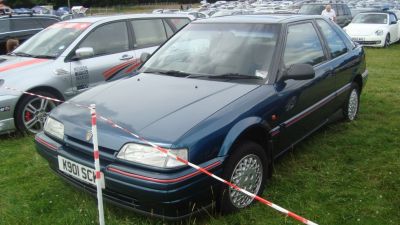
| Production: | 1989-1995 |
|---|---|
| Model Year: | 1989 |
| Length: | 4220 mm166.1 in |
| Width: | 1680 mm66.1 in |
| Height: | 1390 mm54.7 in |
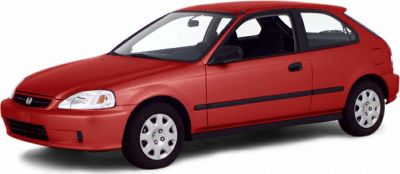
| Production: | 1995-2001 |
|---|---|
| Model Year: | 1995 |
| Length: | 4190 mm165.0 in |
| Width: | 1695 mm66.7 in |
| Height: | 1375 mm54.1 in |
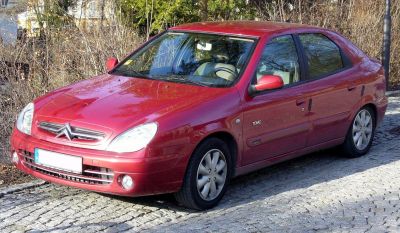
| Production: | 2003-2004 |
|---|---|
| Model Year: | 2003 |
| Length: | 4188 mm164.9 in |
| Width: | 2014 mm79.3 in |
| Height: | 1405 mm55.3 in |
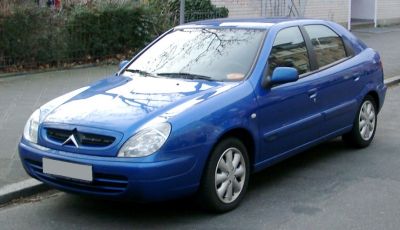
| Production: | 2000-2003 |
|---|---|
| Model Year: | 2000 |
| Length: | 4188 mm164.9 in |
| Width: | 1976 mm77.8 in |
| Height: | 1405 mm55.3 in |
